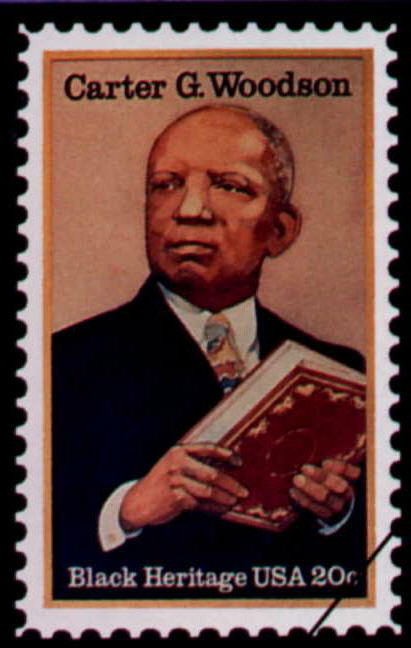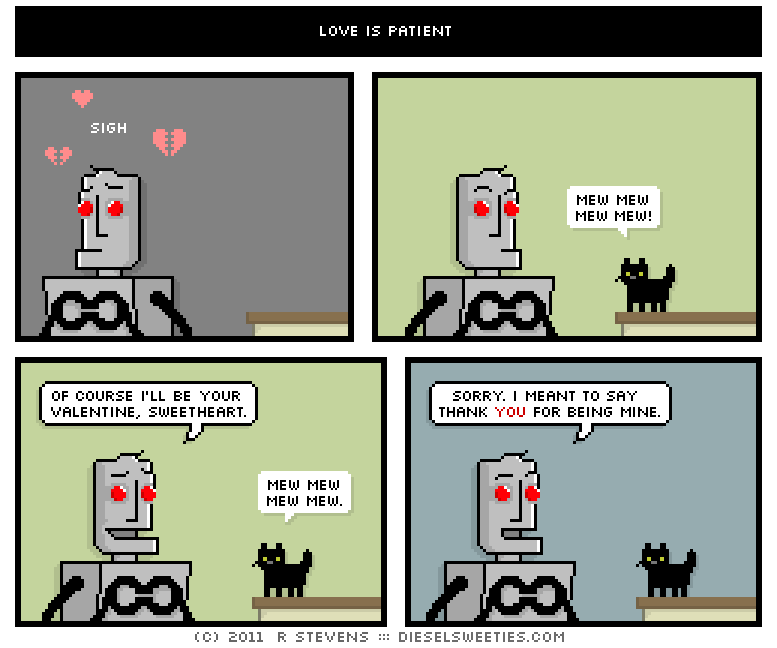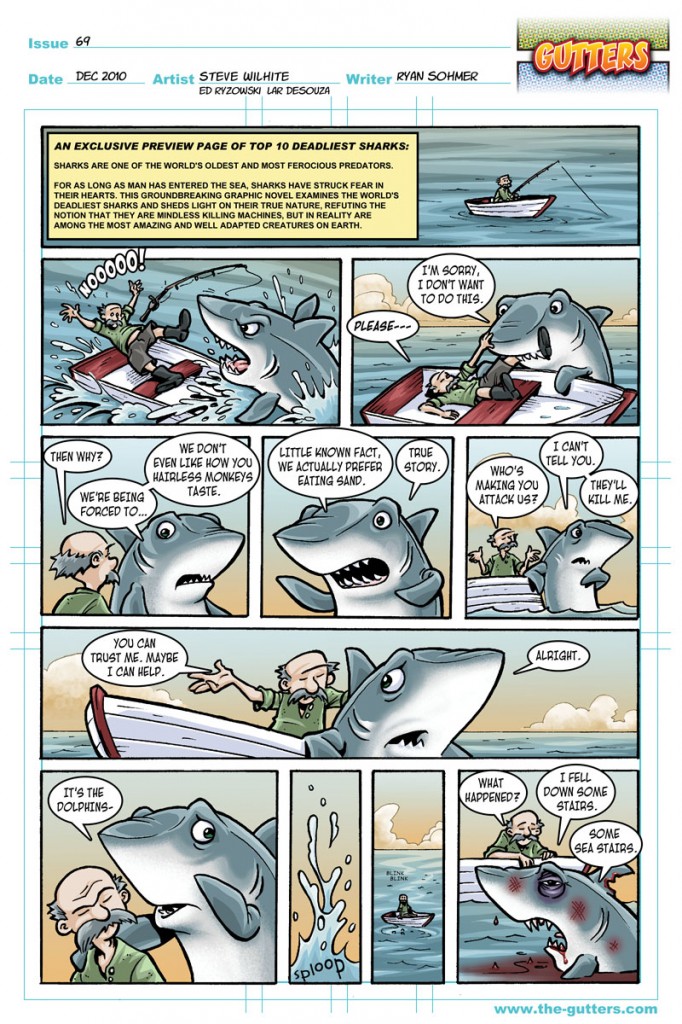Saturday – 12 February 2011
It’s the weekend, baby! Surprisingly, I’ve even managed to be… productive… this morning. I folded a bunch of laundry, started a new load, started cleaning the bathroom. And all of this before 1100. (Yeah, I know! I’m a little shocked, too.)
Last night, after hanging out with the Clitorati crowd, I played a little CoD: Black Ops with a few of my coworkers for a couple of hours. After that, I took a spin through Metropolis with Nefer-Tem and beat on some bad guys in DC Universe Online.
Today, I’m hanging out with some of the usual suspects at Dr. Volt’s and playing ‘Clix. It’s not a tournament, so I should be able to just hang out, relax and play. Oh, and trash talk… of course.
Chew on This: Food for Thought – Black History Month
Today’s personality is “Sugar” Ray Leonard

Sugar Ray Leonard is an American retired professional boxer. He was named Ray Charles Leonard, after his mother’s favorite singer, Ray Charles. Leonard was the first boxer to earn more than $100 million in purses, and he is widely considered to be one of the best boxers of all time, winning world titles in five weight divisions and defeating future fellow International Boxing Hall of Fame inductees Wilfred Benítez, Thomas Hearns, Roberto Durán and Marvin Hagler. Leonard was named “Boxer of the Decade” for the 1980s, due to his accomplishments.
Leonard started boxing at the recreation center in Palmer Park in 1969. His older brother Roger started boxing first. Roger had helped start the boxing program, urging Ollie Dunlap, the center’s director, to form a team. Dave Jacobs, a former boxer, and Janks Morton volunteered as the boxing coaches. Roger won some trophies and showed them off in front of Ray, goading him to start boxing.
In 1972, Leonard boxed in the featherweight quarterfinals of the National AAU Tournament, losing by decision to Jerome Artis. It was his first defeat. Later that year, he boxed in the Eastern Olympic Trials. The rules stated that a boxer had to be seventeen to box in international competition, so Leonard, only sixteen, lied about his age. He made it to the lightweight semifinals, losing a disputed decision to Greg Whaley, who took such a beating that he wasn’t allowed to continue in the trials. Whaley never boxed again.
Sarge Johnson, assistant coach of the U.S. Olympic Boxing Team, said to Dave Jacobs, “That kid you got is sweet as sugar.” The nickname stuck. However, given his style and first name, it was probably only a matter of time before people started calling him Sugar Ray, after the man many consider to be the best boxer of all time, Sugar Ray Robinson.
In 1976, Leonard made the U.S. Olympic Team as the light welterweight representative. The team also included Leon and Michael Spinks, Howard Davis, Jr., Leo Randolph, Charles Mooney and John Tate. Many consider the 1976 U.S. team to be the greatest boxing team in the history of the Olympics. Leonard won his first four Olympic bouts by 5–0 decisions. In the final, he boxed the great Cuban knockout artist Andrés Aldama, who scored five straight knockouts to reach the final.
In the second, he dropped Aldama with a left to the chin. Late in the final round, he again hurt Aldama, which brought a standing eight count from the referee. With only a few seconds left in the fight, a Leonard combination forced another standing eight count. Leonard was awarded a 5–0 decision and the Olympic Gold Medal.
He finished his amateur career with a record of 145–5 and 75 KO’s.
When Leonard decided to turn professional, Janks Morton introduced him to Mike Trainer. Trainer talked twenty-four of his friends and clients into underwriting Leonard’s career with an investment of $21,000, to be repaid within four years at 8% interest. Trainer then made Leonard the sole stockholder in Sugar Ray Leonard, Inc. Angelo Dundee, Muhammad Ali’s trainer, was brought in to be Leonard’s trainer and manager.
Leonard made his professional debut on February 5, 1977 before a crowd of 10,270 at the Civic Center in Baltimore, Maryland. He was paid $40,044 for the fight. His opponent was Luis “The Bull” Vega, whom he defeated by a six-round unanimous decision. After the fight, Leonard paid back his $21,000 loan to the investors.
In his fourteenth professional fight, Leonard fought his first world-ranked opponent, Floyd Mayweather, who was ranked seventeenth. The fight took place on September 9, 1978. Leonard won by a tenth-round knockout.
Leonard fought Wilfred Benitez for the WBC Welterweight Championship on November 30, 1979 at Caesar’s Palace in Las Vegas, Nevada. Leonard received $1 million and Benitez, a two-division champion with a record of 38–0–1, received $1.2 million. Going into the final round, Leonard led by scores of 137–130, 137–133, and 136–134. The two went toe-to-toe in the fifteenth. Late in the round, Leonard dropped Benitez with a left. He got up, but after a few more punches, the referee stopped the fight. The time was 2:54 of round fifteen.
In October 1996, the 40-year-old Leonard announced that he was coming out of retirement to fight Héctor Camacho for the lightly regarded IBC Middleweight Championship. Camacho, a quick southpaw, had a record of 62–3–1. The fight with Camacho took place on March 1, 1997 in Atlantic City, New Jersey. Leonard held his own in the first two rounds, but Camacho, who applied pressure from the opening bell, started to score well in the third. He continued to score well in the fourth and opened a cut above Leonard’s right eye. In the fifth, Camacho dropped Leonard with a right followed by two left uppercuts. Leonard got up, but was unable to ward off Camacho. The referee stopped the fight with Leonard taking punishment on the ropes.
The Camacho fight was Leonard’s last. He finished his career with a record of 36–3–1 with 25 knockouts.
Stray Toasters
Up. Out.
Namaste.











































